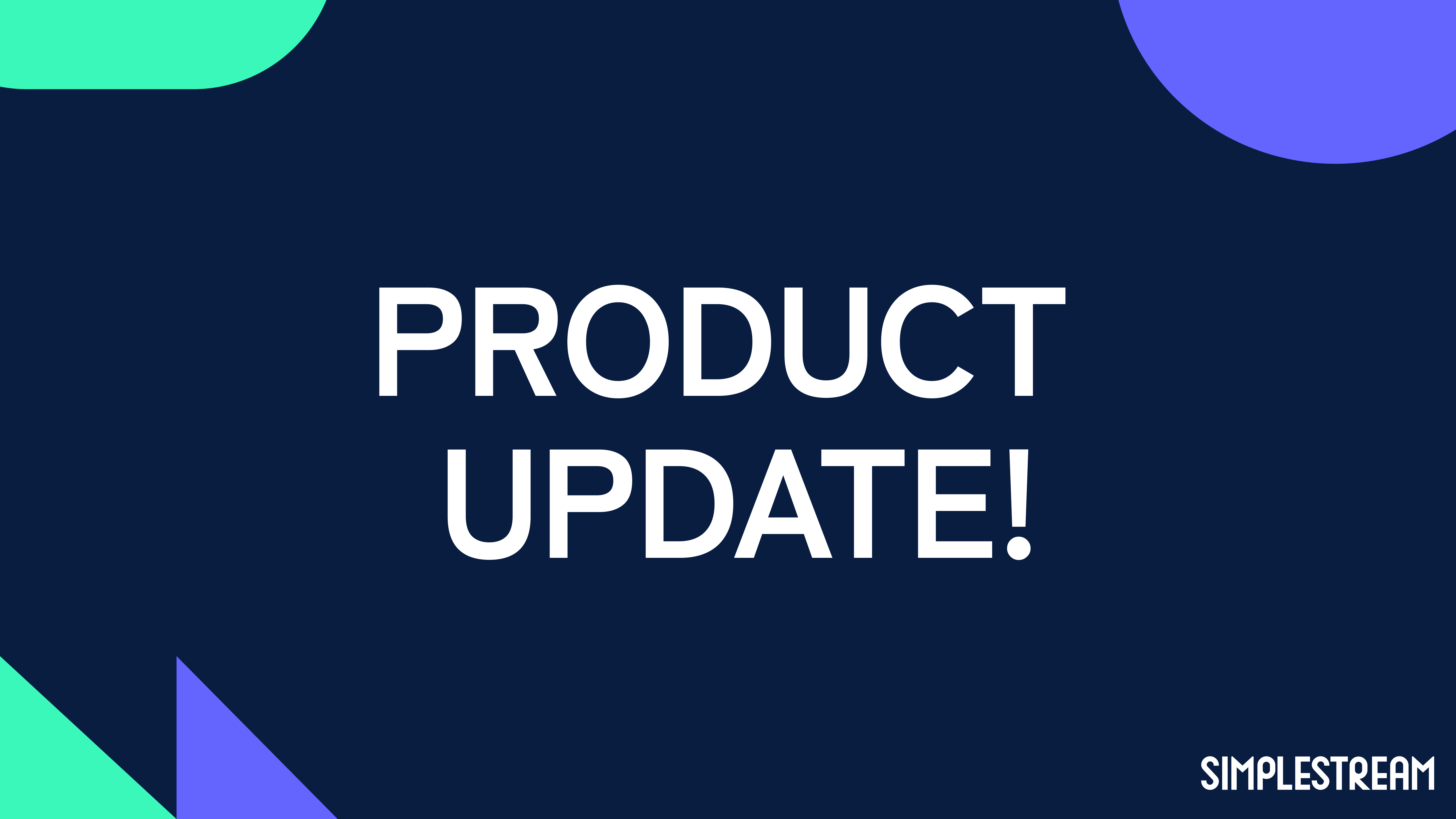The billion-dollar business of AVOD, with Dan Finch
How much will the AVOD industry be worth in 2027? We discussed it with our CCO and Co-Founder, Dan Finch. Read on.
Advertising Video-on-Demand (AVOD). It’s a billion-dollar business, with global revenues set to rise to $70 billion by 2027. So, what exactly is AVOD? It differs from Subscription Video-on-Demand (SVOD): advertisements are shown to viewers in addition to the content they’re consuming. These ads are placed before, during or after the content, and users don’t generally pay to access the service they view this content on. Simply put, by choosing this model, content owners can generate revenue from selling these slots to advertisers.
SVOD platforms are facing an uplift in subscription churn, with the rising cost of living forcing households to cut costs where they can. AVOD represents a growing business model, and a potential alternative to traditional SVOD services that are losing subscribers to replace lost revenue. So what does this mean for the future of OTT? We sat down with our Co-founder and Chief CommercialOfficer, Dan Finch, to discuss his predictions. Read on.
2022 has seen households struggle to pay their bills. How do you think this will affect the OTT space?
"I think there will be an equivalent of the cord-cutting which happened years ago, now becoming an SVOD-trimming. I subscribe to 6 or 7different services myself, one day I will spend time going through them and thinking: ‘well I don't watch Apple TV+, Disney+ or NOW’ - suddenly I've saved myself £40 a month by cancelling. I'm slightly biased as I work in the industry, but there are lots of people out there whom I think will look at what the alternatives are - and that is Free TV - which ironically is how television in the United Kingdom was built, by the Public Service Broadcasters. TV viewers are used to advertising, you will see a marked rethink of how people are spending their money for subscription services. You'll see an increase in free OTT services versus subscriptions."
We seem to be coming full circle - from linear traditional broadcast TV to the introduction of SVOD services, and now back to an AVOD model with FAST Channels gaining popularity. Where do you see the development of AVOD in the coming years?
"There will be a resurgence in retrospective content that's already been produced, which is currently sat gathering dust, that might resonate well with a certain audience. We know that SVOD services have worked for niche content. You can expect much more AVOD niche content, which could be taken from production company libraries. Thematic channels could be based on genre, brand, or if the content is rich enough, even an individual. Content owners are looking for more alternative ways than YouTube for distribution, where they may only get 50c cost-per-mille (CPM). Now they want to be able to have a whole channel that they can do targeted advertising around. If they have a Single Sign-On (SSO) process, they can do this type of advertising and get a much higher CPM from advertisers. Broadcast began as: let's create a channel, buy a bandwidth of a satellite and capacity – all at a cost of millions of pounds a year. Today, you can get just as much reach – with greater relevant penetration – at a fraction of the cost it would be for broadcast."
Leading ad-based streaming platforms achieved $3.5 billion in ad revenues in 2021, what do you think the appeal is to advertisers and content owners of an AVOD model?
"$3.5 billion as a percentage of the overall ad-spend market, which was $15.2 billion for 2021, is a substantial portion. The irony is that advertisers and the brands they represent lose out when advertising on traditional broadcast TV. Advertising in this format is ‘one to many’ as they don’t have a clear idea of who is watching. Broadcasters' audience demographics are based on a very small sample size of their actual audience, which is somewhat flawed. Now, with the advent of targeted advertising, you can target almost down to a postcode and provide the viewer with advertising that is relevant to their needs and interests. Advertisers and their brands will benefit from better targeting with minimum wastage, while the AVOD operator can charge a much higher CPM."
What’s the role of tech companies like Simplestream, in this context?
"Simplestream can support advertisers and content owners as we bring all the elements mentioned above together, including the number of devices, signing on, integrating data with ad-servers, and avoiding video blockers with server-side ad-insertion. We advise our customers on best practices and how to set up their OTT advertising solutions. We support multiple vendors and ad waterfalls to pay out different CPMs depending on who's advertising, as well as setting your floor price; this means our customers can set a specific minimum CPM and not accept anything under that, allowing advertisers to bid against each other so the AVOD operator maintains a consistent CPM."
With the UK AVOD market set to grow from $1.6 billion in 2021, to $3.1 billion by the end of 2026, what sectors do you think will benefit most from this model?
"I think that News has a lot of potential in the AVOD market. It’s a sector where live content is very important, so you could target by daypart (scheduling ads for certain times of the day, days of the week), demographic and interests. News channels tend to have audiences of a specific demographic, so you have an idea of the customer profile you’re targeting by advertising with a news channel. If you wanted to target a commuter using a mobile device between 7 and 9 am, you could do that through a news channel live stream with dynamic ad-insertion. At Simplestream, we can provide this for platforms that aren’t BARB-rated, so our customers can benefit from targeted advertising that can return a higher CPM. An example of this is the work we’ve done with GB News, where we have supported the launch of a set of OTT services, including pre-roll, display ads, and Server-Side Ad-Insertion (SSAI) workflows."


